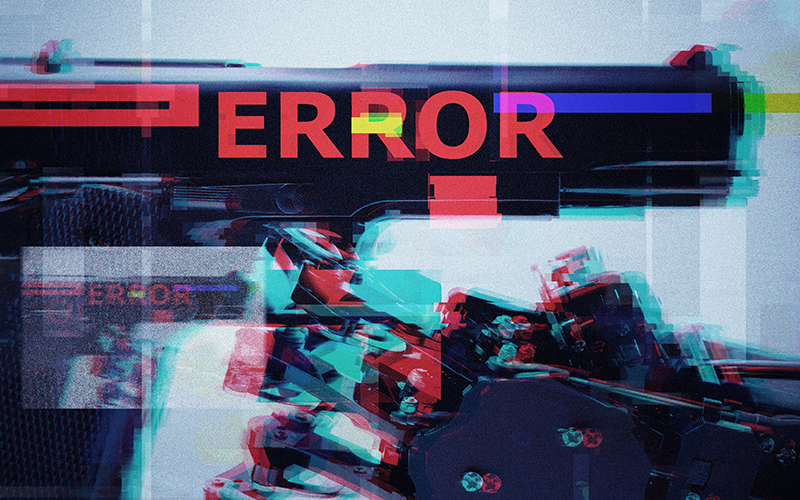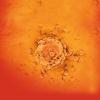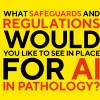In a new study, scientists trained three AI models to scan microscope slides of placenta tissue to detect blood vessel damage, estimate gestational age and classify macroscopic lesions.

They trained a fourth AI model to detect prostate cancer in tissues collected from needle biopsies.
The scientists exposed each AI to small portions of contaminant tissue that were randomly sampled from other slides. They then tested the AIs’ reactions.
Each of the four AI models paid too much attention to the tissue contamination, which resulted in errors when diagnosing or detecting vessel damage, gestational age, lesions and prostate cancer, the study found.
The research is the first to examine how tissue contamination affects machine-learning models.
“We train AIs to tell ‘A’ versus ‘B’ in a very clean, artificial environment, but, in real life, the AI will see a variety of materials that it hasn’t been trained on. When it does, mistakes can happen,” said corresponding author Dr Jeffery Goldstein.
Image credit | Shutterstock




